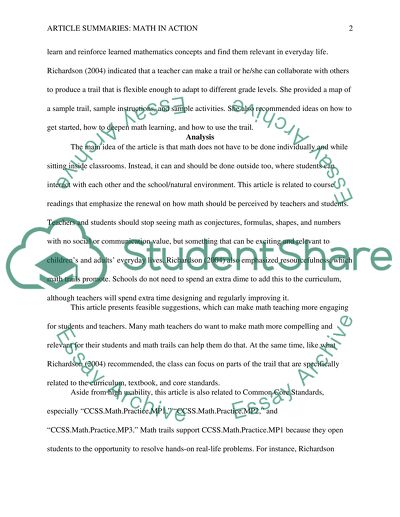Cite this document
(“Engaging Children Physically and Mentally: The Power of Math Trails Research Paper”, n.d.)
Engaging Children Physically and Mentally: The Power of Math Trails Research Paper. Retrieved from https://studentshare.org/education/1467826-article-reviews-math
Engaging Children Physically and Mentally: The Power of Math Trails Research Paper. Retrieved from https://studentshare.org/education/1467826-article-reviews-math
(Engaging Children Physically and Mentally: The Power of Math Trails Research Paper)
Engaging Children Physically and Mentally: The Power of Math Trails Research Paper. https://studentshare.org/education/1467826-article-reviews-math.
Engaging Children Physically and Mentally: The Power of Math Trails Research Paper. https://studentshare.org/education/1467826-article-reviews-math.
“Engaging Children Physically and Mentally: The Power of Math Trails Research Paper”, n.d. https://studentshare.org/education/1467826-article-reviews-math.


